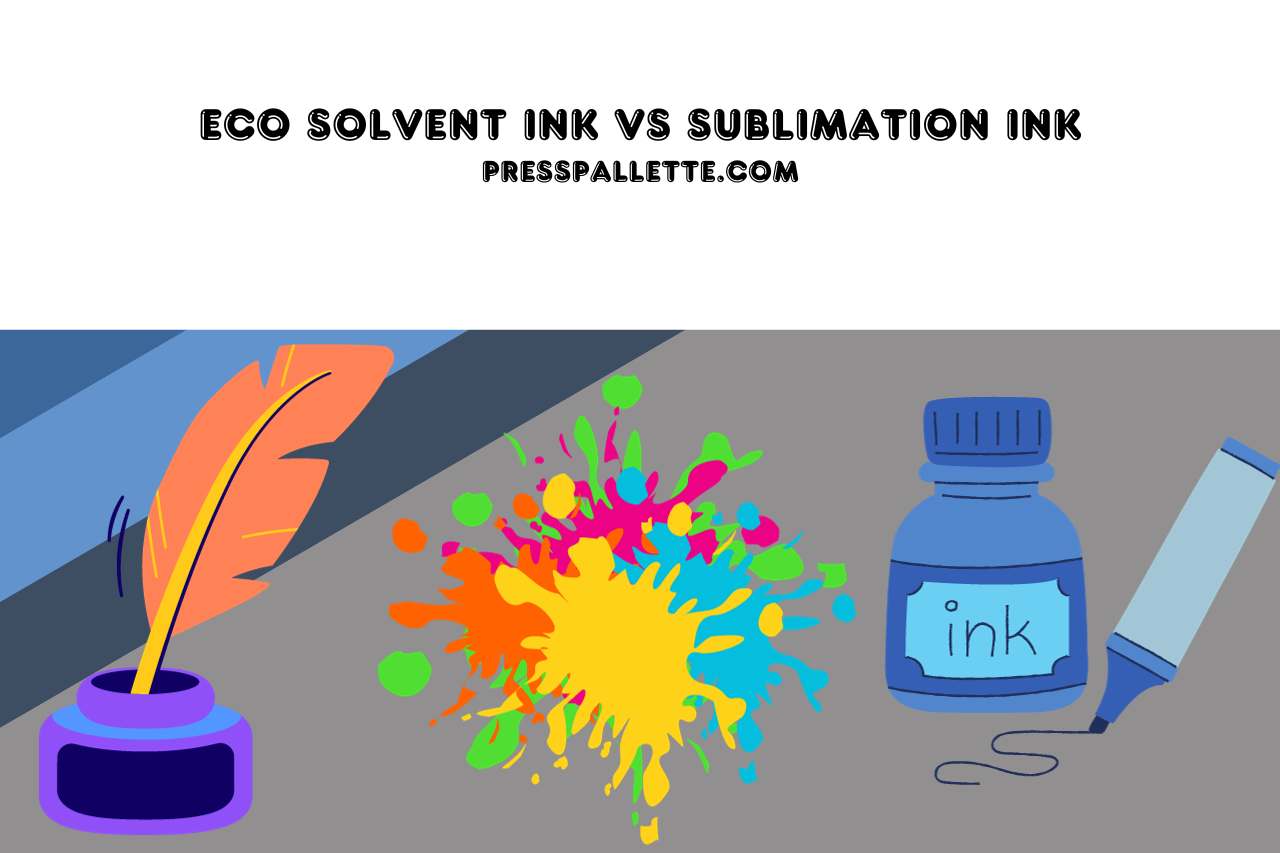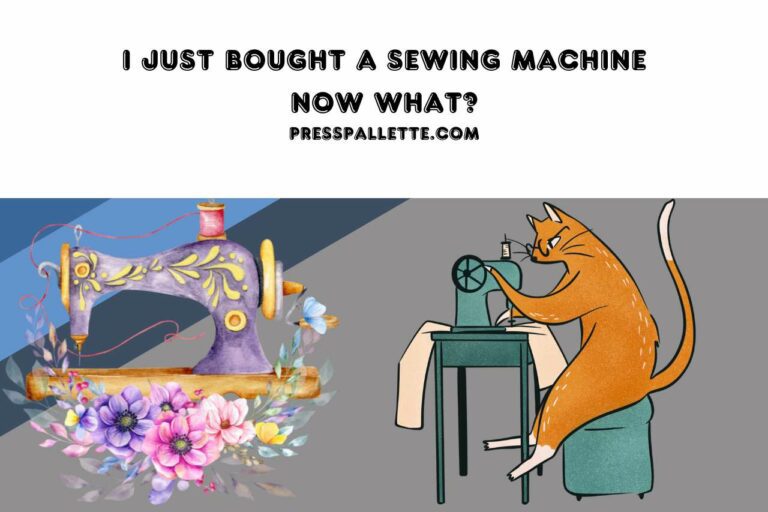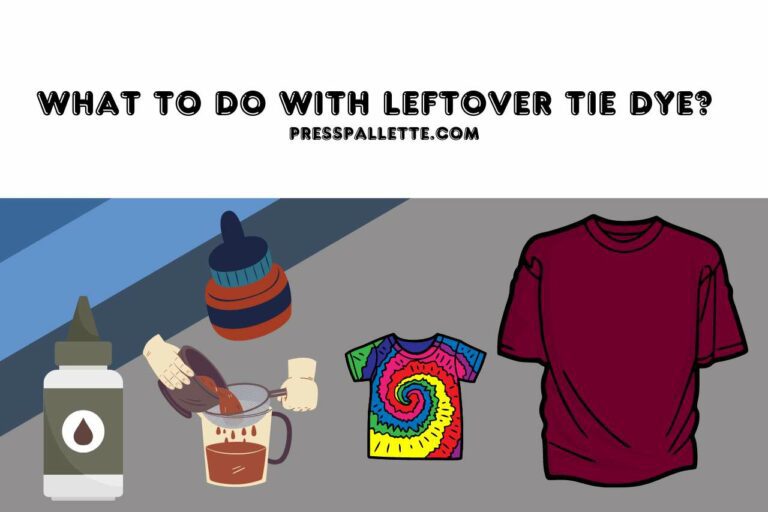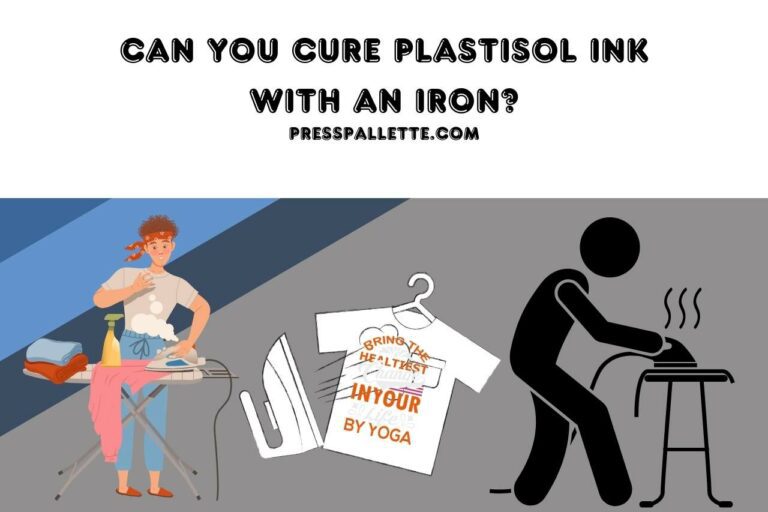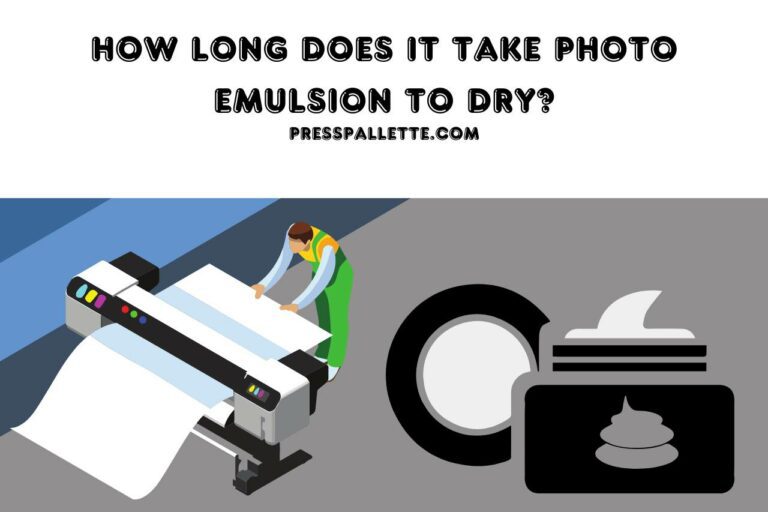Eco Solvent Ink vs Sublimation Ink – Which Is Right for Your Printing Needs?
When it comes to your professional printing, the choice of ink can significantly impact your project’s outcome, specifically when it’s with ‘Eco solvent ink vs sublimation ink.’ Understanding the differences between these ink types is essential for you to determine which one aligns best with your specific printing needs. In this guide, we’ll delve into your distinctions between eco-solvent and sublimation inks, exploring their pros and cons and offering insights to help you make an informed decision.
Eco Solvent Ink vs Sublimation Ink: What’s the Difference?
Eco Solvent Ink
Eco-solvent ink is a versatile ink type known for its compatibility with a wide range of materials. It is solvent-based, using environmentally friendly solvents with low levels of volatile organic compounds (VOCs). Here are some of your key characteristics of eco-solvent ink:
- Versatility: Eco-solvent ink is suitable for various materials, including vinyl, canvas, and fabric. It’s a popular choice for most outdoor signage and banners.
- Durability: Prints made with your eco-solvent ink are resistant to UV exposure and weathering, making them ideal for your long-lasting outdoor applications.
- Indoor and Outdoor Use: This ink type is suitable for both indoor and outdoor applications, offering you flexibility in printing projects.
Sublimation Ink
Sublimation ink is a dye-based ink that is best known for its vibrant and high-resolution color reproduction. It is specifically designed for your use on polyester-based materials and offers you all the following characteristics:
- Vibrant Colors: Sublimation ink provides you with vivid and bright colors, making it ideal for your applications where color accuracy is crucial, such as apparel and soft signage.
- Permanent Prints: When sublimation ink is heat-transferred onto your polyester materials, it becomes a permanent part of your fabric. This ensures that your prints won’t crack, peel, or fade.
- Limited Material Compatibility: Sublimation ink is primarily used on your polyester fabrics and coatings, which may limit your versatility compared to your eco-solvent ink.
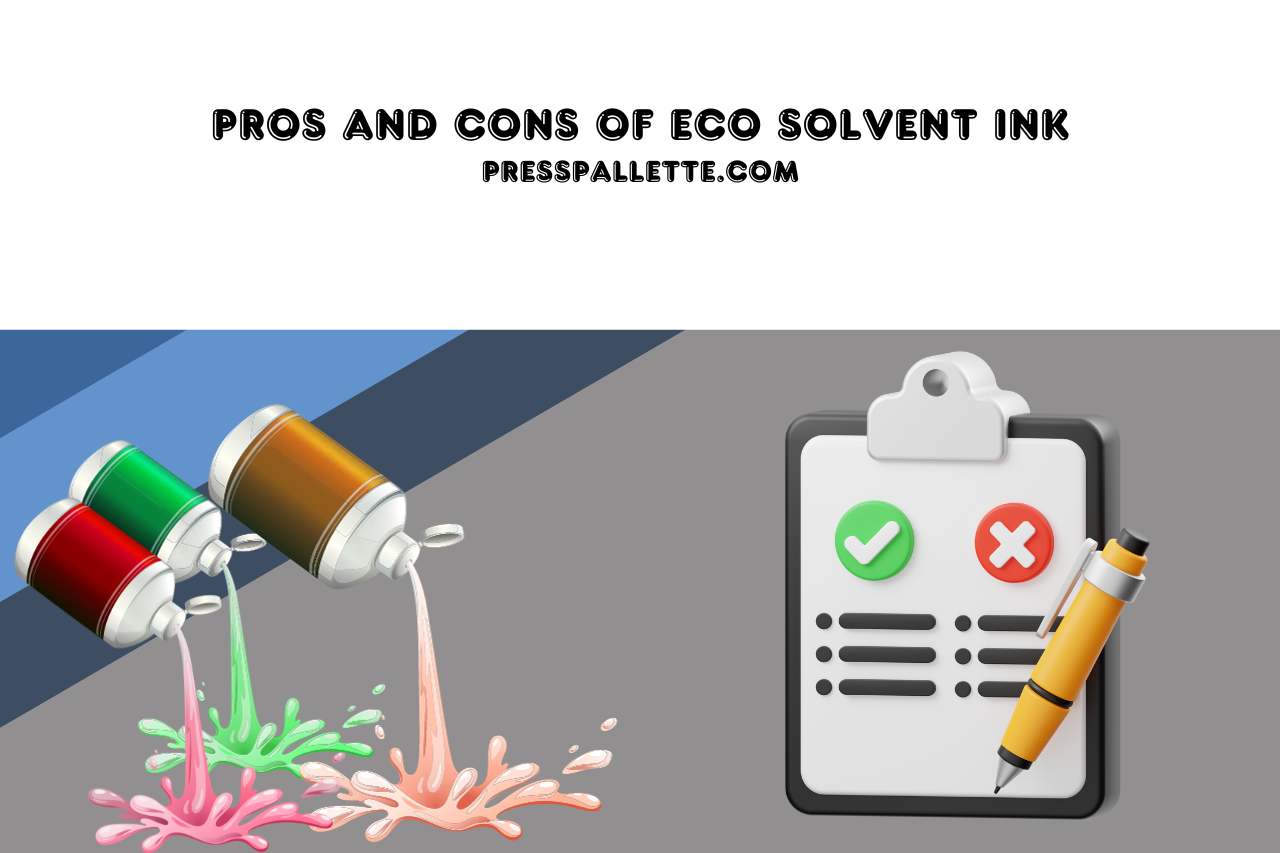
Pros and Cons of Eco Solvent Ink
Eco-solvent ink is a popular choice for many of your printing applications due to its versatility and eco-friendly properties. However, like any of our printing ink, it comes with its set of advantages and disadvantages. Understanding these pros and cons is crucial when deciding if your eco-solvent ink is the right choice for your printing needs.
Pros of Eco Solvent Ink
- Versatility: Your eco-solvent ink is known for its compatibility with various materials, including your vinyl, fabric, and canvas. This versatility makes it suitable for your wide range of printing projects, from your outdoor banners to your vehicle graphics.
- Durability: Prints you make with eco-solvent ink are highly durable. They can withstand exposure to UV rays and various weather conditions without your print fading or deteriorating. This durability is especially beneficial for your outdoor signage and displays.
- Low VOC Emissions: Eco-solvent ink uses solvents with low levels of volatile organic compounds (VOCs), making it more environmentally friendly for you compared to all our traditional solvent inks.
- Color Brilliance: Eco-solvent ink produces vivid and vibrant colors, ensuring that your prints are eye-catching and visually appealing.
Cons of Eco Solvent Ink
- Slower Drying Time: Eco-solvent ink typically has a slower drying time compared to all our other ink types. This may result in your need for additional drying equipment or your extended production times.
- Limited Material Compatibility: While your eco-solvent ink is versatile, it may not be compatible with all your materials. Some specialty substrates may require different ink types.
- Odor: Eco-solvent ink can produce some odor during your printing process due to the presence of solvents. Adequate ventilation is necessary when you are working with this ink to ensure you have a safe working environment.
Eco-solvent ink offers you many advantages. However, it has some drawbacks. Evaluating these pros and cons in the context of your specific printing projects will help you determine if your eco-solvent ink is the right choice for your needs.
Pros and Cons of Sublimation Ink
Like any printing method, your sublimation ink also comes with its own set of advantages and disadvantages.
Pros of Sublimation Ink
- Vibrant and Permanent Colors: Sublimation ink produces exceptionally vibrant and long-lasting colors on various materials, including textiles, ceramics, and metal. The colors become a part of your material, making them resistant to fading, cracking, or peeling.
- High Detail and Resolution: Sublimation printing allows you to design intricate and high-resolution designs, making it ideal for you to customize apparel, signage, and promotional items.
- No Added Texture: Sublimation ink creates prints that are smooth to your touch, with no added texture. This makes it suitable for items like custom clothing, where your comfort and aesthetics are crucial.
- Quick Drying: Sublimation ink dries quickly, reducing your need for extended drying times during your production process.
Cons of Sublimation Ink
- Limited Material Compatibility: Sublimation ink works best on your polyester and polymer-coated materials. It may not adhere well to your natural fabrics like cotton or materials without your polymer coatings.
- Specialized Equipment: Sublimation printing requires you to have specialized equipment, including your heat presses and sublimation printers, which can be costly.
- Light Colors Only: Sublimation inks are generally limited to lighter-colored materials because they are transparent. They work by blending with your background color to create your final appearance.
Sublimation ink offers you exceptional color vibrancy, detail, and durability, making it a popular choice for you in various applications. However, it has limitations in terms of your material compatibility and requires you to have specialized equipment. Careful consideration of these pros and cons is essential when you are determining if sublimation ink aligns with your specific printing projects.
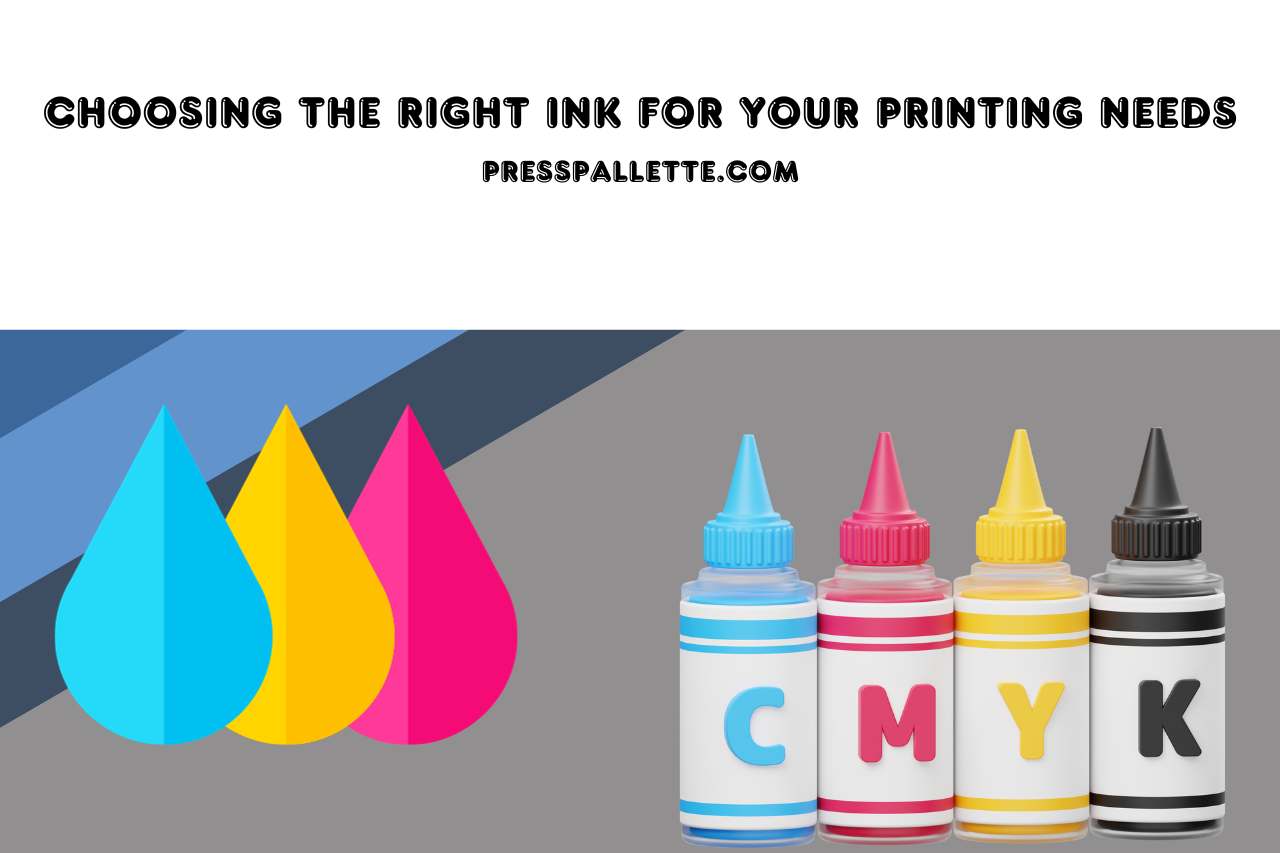
Choosing the Right Ink for Your Printing Needs
Selecting the appropriate ink type for your printing projects is crucial for you in achieving your desired results. When deciding between your eco-solvent ink and sublimation ink, you need to consider your specific requirements and the characteristics of each ink type you choose.
Considerations for Choosing Eco-Solvent Ink
- Material Compatibility: Eco-solvent ink works well on a wide range of materials, including your vinyl, canvas, and banner materials. If you’re working with diverse substrates, eco-solvent ink might be a more versatile choice for you.
- Outdoor Durability: If your prints will be exposed to your elements, eco-solvent ink offers you excellent outdoor durability. It resists fading and weathering, making it suitable for you in your applications, like outdoor signage.
- Vibrant Colors on Both Light and Dark Substrates: Eco-solvent ink can produce vibrant and opaque colors even on your dark materials, offering you greater flexibility in your design and material choice.
Considerations for Choosing Sublimation Ink
- Vibrancy and Detail: Sublimation ink excels at producing vibrant and detailed prints, especially on polyester-based materials. It’s ideal for your custom apparel, promotional items, and products that require intricate designs.
- Smooth Finish: Sublimation ink creates prints with a smooth, texture-free finish, which is desirable for applications like custom clothing, phone cases, or ceramic products.
- Limited Material Compatibility: Keep in mind that your sublimation ink is primarily suitable for polyester and polymer-coated materials, limiting your application’s versatility.
The choice between eco-solvent ink and sublimation ink depends on your specific printing requirements. If you need to print on a wide range of materials, eco-solvent ink is a more versatile choice. For applications where color vibrancy is essential, sublimation ink excels.
Eco-solvent ink is more suitable for outdoor signage that needs to withstand the elements. To choose between eco-solvent ink and sublimation ink, assess your project requirements. Understanding your printing needs is the key to selecting the right ink for your projects.
Watch this one,
Video Credits – AJ Unique Creations LLC

